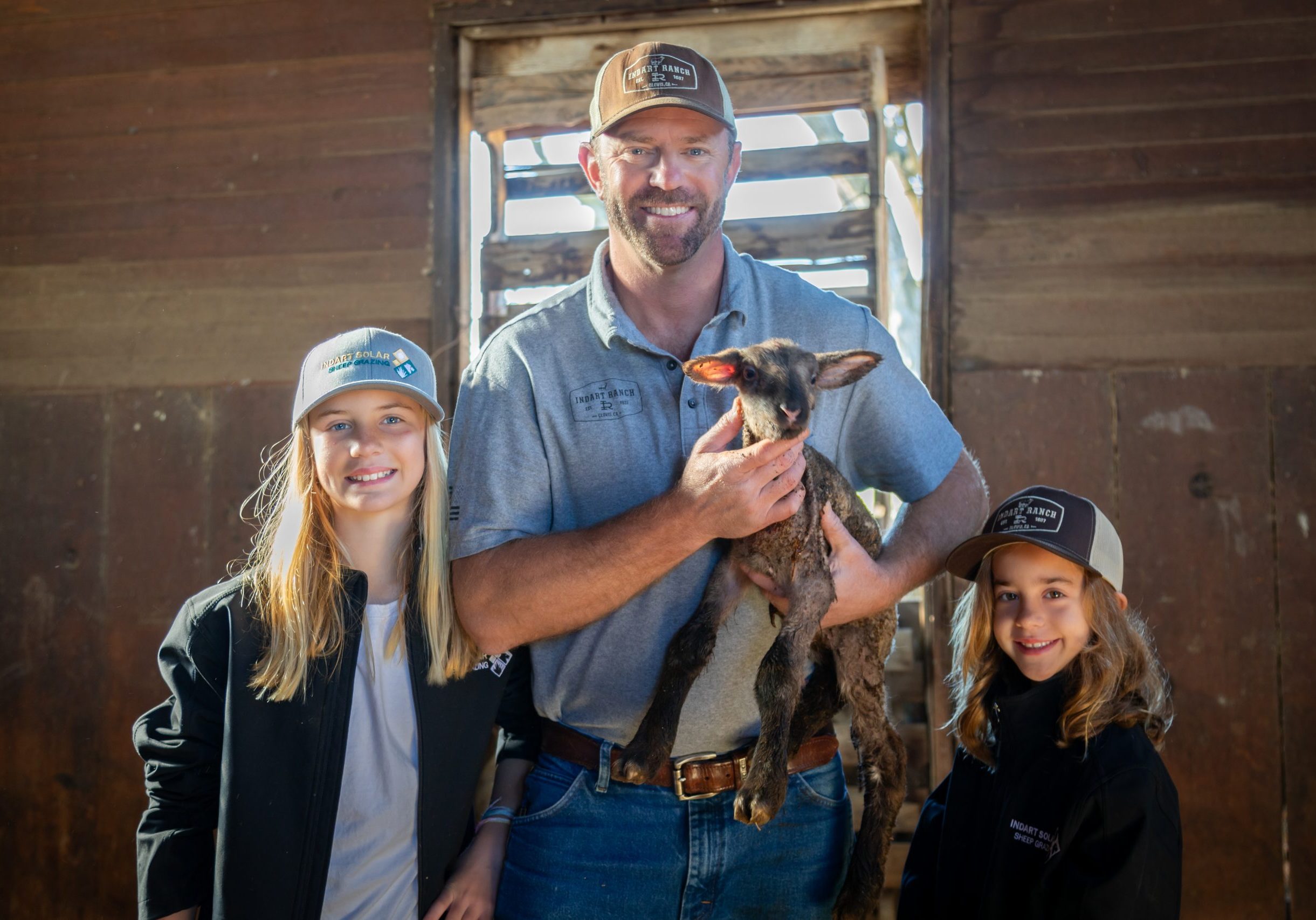News
New York funds a study to learn how grazing can benefit solar installations
Sheep and solar farms can exist symbiotically, and the American Solar Grazing Association says that now is the time to convert that relationship into a full-scale industry.MAY 12, 2021 TIM SYLVIA

Image: American Solar Grazing Association
The American Solar Grazing Association is taking on a two-year project to collect and analyze data on the agricultural, economic, and environmental impacts of co-locating agricultural enterprises such as commercial beekeeping and sheep grazing on photovoltaic sites.
Backing the project is the New York State Energy Research & Development Authority (NYSERDA), which, through its Environmental Research Program provided a $198,000 research grant. NYSERDA is joined in supporting the work by the New England Division of American Farmland Trust and Juniper Economic Consulting.
The study will collect data from solar installation sites co-located with beekeepers and/or grazing herds, as well as conventional, stand-alone operations for comparison. Lexie Hain, executive director of the American Solar Grazing Association, said that they researchers are looking for most sites to be grazed.
Data will be collected during the 2022 and 2023 grazing seasons. The study will aim to address questions regarding the quality and profitability of farm products from solar sites, trends in soil health on agriculturally managed solar sites, and the benefits to farmers of working with the solar industry.
The full list of solar sites to be studied has not yet been finalized, but a number of sites owned and operated by Nexamp, a leading developer of community solar in New York State, will be included. Two sites will be grazed with sheep owned by a family-owned grazing operation in Orleans, New York.

Nexamp is looking to quadruple the number of solar sites being grazed in the 2021 season. The company said that sheep are less likely to cause damage to photovoltaic equipment than traditional vegetation management, like weed whackers and lawn mowers.
The American Solar Grazing Association is still looking for solar participants in the study, however, and will be accepting applications here until the end of August.
Beekeeper Mike Kiernan of Vermont-based Bee The Change will also take part in the study. Kiernen said he sees solar sites as vital habitat for honey bees, as well as the hundreds of species of native bees, butterflies, and wasps that collectively transform blossoms into vegetables and field crops.
And while the project is funded by NYSERDA and is largely confined to New York and adjacent states, Hain said that the findings should be useful to farmers and solar developers across the country.
“Regardless of where the site is, we’ll have that data that says ‘Is the site in good shape after the first or second year of grazing?’ ‘How many incidents of broken panels do you have?’ ‘How much erosion is onsite?’” Hain said.
The work builds on a 2018 pilot study by Cornell University, called Grazing Sheep on Solar Sites in New York State: Opportunities and Challenges. The study was preliminary in nature and the solar industry has undergone significant change since 2018, but the basics still hold true: sheep can provide vegetation management for solar farms, the vegetation that the sheep ingest is healthy for them, and economic opportunity exists for farmers who want to develop additional revenue streams.
As Hain describes it, the newly launched study aims to evolve the idea from a niche business opportunity to a legitimate industry adjacent to solar. Researchers know that sheep can be symbiotic to solar installations; now they want to grow the scale of that relationship and develop diverse, credible testimony both from solar project owners and the grazers and beekeepers involved.


